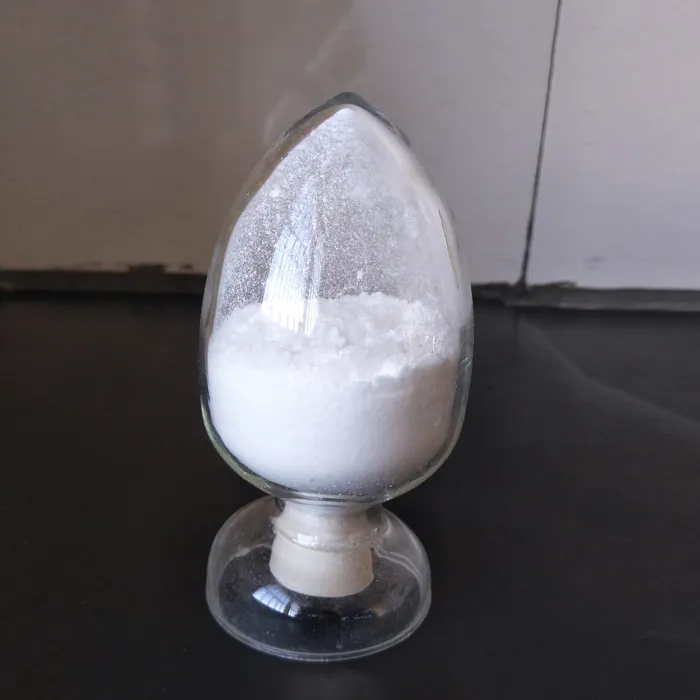The Versatile Uses of Anionic Polyacrylamide
Anionic Polyacrylamide (APAM) is a synthetic polymer that has gained significant attention in various industries due to its unique properties and versatility. As a water-soluble polymer, it is widely used in applications concerning water treatment, soil stabilization, oil recovery, and more. This article delves into the multifaceted uses of anionic polyacrylamide, highlighting its importance across different fields.
Water Treatment
One of the primary applications of anionic polyacrylamide is in the treatment of wastewater. It functions as a flocculant, helping to aggregate suspended particles into larger clusters known as flocs. These flocs can then be easily removed from water, thereby improving its quality. The effectiveness of APAM in wastewater treatment makes it a staple in municipal sewage treatment plants, industrial effluent management, and even in the purification of drinking water. Its ability to bind with organic matter, heavy metals, and other contaminants ensures that water is not only cleaner but also safer for human consumption.
Soil Stabilization and Erosion Control
In the realm of agriculture, APAM plays a crucial role in soil stabilization and erosion control. Its ability to retain moisture and improve the binding of soil particles makes it an excellent choice for enhancing soil structure. This property is particularly beneficial in arid regions where water retention is critical for crop growth. Additionally, APAM is used in landscaping and construction projects to prevent soil erosion, thereby maintaining the integrity of landscapes and reducing sediment runoff into nearby water bodies.
Oil and Gas Industry
Anionic polyacrylamide is also extensively used in the oil and gas industry, particularly in enhanced oil recovery (EOR) processes. In these applications, APAM helps to increase the viscosity of the water injected into oil reservoirs, facilitating the displacement of crude oil towards production wells. By improving the efficiency of oil extraction, APAM not only helps companies maximize their output but also contributes to the overall sustainability of oil production practices.
anionic polyacrylamide uses

Papermaking and Textile Industries
In the paper and textile industries, anionic polyacrylamide is utilized as a retention aid, improving the retention of fines and fillers during the production processes. This leads to a better quality of paper and textiles, as well as reduced production costs. The polymer's ability to improve drainage and enhance the formation of sheets makes it an invaluable asset in these sectors.
Mining Industry
The mining industry also benefits from the use of anionic polyacrylamide, particularly in mineral processing and tailings management. It helps in the flocculation and sedimentation of mineral slurries, leading to the efficient separation of valuable minerals from waste. Moreover, the use of APAM in the management of tailings reduces the environmental impact associated with mining operations, mitigating issues such as water pollution and soil degradation.
Other Applications
Beyond these primary uses, anionic polyacrylamide finds applications in various other fields, such as food processing, cosmetics, and pharmaceuticals. Its thickening and stabilizing properties make it suitable for use in personal care products, where it can enhance texture and improve product stability.
Conclusion
The versatility of anionic polyacrylamide is undeniable, with its applications spanning across multiple industries. Its role in water treatment, soil stabilization, oil recovery, papermaking, and mining illustrates its importance in promoting efficiency and sustainability. As industries continue to seek innovative solutions for environmental challenges, the significance of APAM is likely to grow, paving the way for a more sustainable future. Thus, understanding and harnessing the potential of anionic polyacrylamide is essential for both economic and environmental advancements in the years to come.

